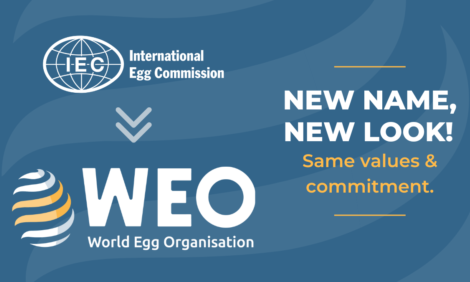



Ukraine poultry production continues to face challenges - GAIN
MHP SE responsible for over 70% of the total volumeIndustrial chicken meat production dominates in Ukraine, with the household sector responsible for only 9% of total 2023 output. Its share in total production dropped by two percentage points in 2022 due to the Russian occupation of Ukrainian territories. Household production is subsistent in nature, with a small share of chicken sold at open-air markets.
It is on a 10-year downward slope and cannot compete with industrially produced chicken. Spent hens, layers, and other sources of chicken meat are responsible for another three percent of production. Their share dropped by one percentage point from levels following the destruction of a large egg production facility in southern Ukraine. Although a part of the chicken meat balance, household production and other non-broiler industrial chicken meat production will not be further discussed in this report as chicken meat from these sources does not take part in international trade. All references to “poultry” or “chicken meat” in the analysis below will to industrially produced pre-full-scale invasion refer chicken.
Ukraine’s industrial chicken meat production is very concentrated, with one large producer—MHP SE— responsible for over 70% of the total volume. Another five companies each control between one and 6% of the market, with the remaining share split among many smaller producers.
Before the full-scale invasion, MHP SE completed a significant expansion, concentrating on increased efficiency, deeper poultry processing, and its own chain of retail outlets. The company reported operating at full capacity in Q1 2024. MHP SE completed the scheduled redemption of all outstanding Eurobonds due in 2024, with a combined nominal value of USD 0.5 billion, which will assure the company’s smooth operations throughout 2024 and 2025.
Most Ukrainian poultry production facilities are concentrated in central and western Ukraine, not directly affected by Russian aggression; however, MHP reported a frozen poultry batch loss due to a missile attack in May 2024. The company claimed a USD 8 million loss (book value USD 7 million) in the leased warehouse in southern Ukraine. It is the second large batch loss noted by the company post full-scale invasion.
After the start of the Russian full-scale invasion, the industry stopped investing in expansion and entered “survival mode,” maintaining existing production and sales levels. Chicken meat producers faced several challenges, including currency devaluation, a sudden consumption drop due to population outflow, input procurement problems, a shortage of trucks and containers, and conscription of workers.
A detailed description of Russian full-scale invasion-related challenges is provided in the production section of the 2023 Poultry Semi-Annual GAIN Report.
In 2024, electricity supplies and personnel conscription became the most significant problems for the poultry sector. They could worsen in 2025, slowing the production recovery process.
Regarding energy issues, Russia intensified missile and drone attacks on the Ukrainian power grid in the spring of 2024, causing prolonged blackouts in many regions. Although all production and most processing facilities possess backup power generators, many are not designed to be the sole power source for a prolonged period. Reliance on on-site power generation also increases production costs. In spring 2024, Ukrainian authorities intensified their military conscription campaign, which industry sources stated resulted in labor shortages and production process interruptions.
Decreased feed costs were one of the factors contributing to 2024 production recovery. According to production cost data published by the Ministry of Agrarian Policy and Food of Ukraine, the chicken meat production cost dropped by USD 0.04 in 2024 to USD 0.71, primarily due to a drop in feed costs from USD 0.41 to USD 0.39.
This cost decrease helped Ukrainian chicken meat producers contend with lower poultry prices. Industry representatives are pessimistic, predicting a further price decline toward the end 2024. The weakening Ukrainian currency may provide only temporary relief through boosted exports. In the first five months of 2024, the commercial exchange rate dropped from 38.4 to 39.9 hryvnias per dollar, reflecting economic problems and lower foreign currency reserves.
Disease spread remains a production and export risk factor. An outbreak of highly pathogenic avian influenza (HPAI) of the Н5N1 subtype occurred in central Ukraine in January 2024; however, the outbreak was far from primary production sites and did not impact production. Ukraine introduced poultry production zoning to mitigate possible risks, receiving EU recognition. The number of registered HPAI cases in Ukraine is significantly lower than the number of cases in neighbouring EU countries.










